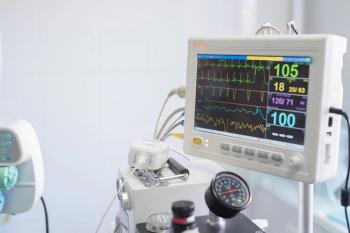
Late pregnancy alcohol exposure in West Virginia
New research from Springer Nature indicates that late prenatal alcohol exposure prevalence is much higher than previous studies had shown for babies from West Virginia.
New
Methods
For this study, the authors aimed to estimate the most recent prevalence data on late pregnancy PAE in the state of WV by screening newborn residual dried blood spots (DBS). The DBS samples were available through the
To analyze the DBS cards, the authors used phosphatidylethanol (PETH) analysis. PETH is a long-term biomarker of alcohol ingestion which can be detected and measured in the DBS and indicates PAE in the month prior to birth. Analysis included the proportion with high PETH ≥ 8 ng/mL) for the total sample of all births in the state of WV. Relevant maternal factors included age, race, education, health insurance status, smoking during pregnancy, feeding intention, and number of previous pregnancies.
Findings
The final sample size for the study was 1729 DBS cards. Prevalence of late pregnancy PAE was 140 cases or 8.10% (95% CI 6.81 - 9.38). Positive PETH concentrations ranged from 8 to 346 ng/mL (SD = 34.6). This included residents from the surrounding states (Kentucky, Maryland, Pennsylvania, Virginia, and Ohio) who gave birth in WV. Prevalence of late PAE for WV residents only was 7.61% (95% CI 6.26 - 8.97).
Factors that were significantly associated with PAE included: smoking (OR: 2.03, 95% CI 1.40 - 2.94), preterm birth (OR 1.88, 95% CI 1.23 - 2.89), birth weight ≤ 2000 g vs > 3000 g (OR 2.62, 95% CI 1.19 - 5.79), no exclusive breastfeeding intention (OR 1.45, 95% CI 1.02 – 2.04), and not exclusively breastfeeding before discharge from the birthing center (OR 1.61, 95% CI 1.09 – 2.38).
Conclusions
Based on their findings, the authors believe that prevalence of PAE in WV is much higher than previous studies had shown for the state. Many of the prior studies relied on self-reporting, which led to significant underestimating. The authors believe that the findings from this study can help shed light on the true extent of the issue so that health care providers are more likely to focus on early detection of PAE and early diagnosis and intervention of FASD to improve infant outcomes and future quality of life.
Newsletter
Get the latest clinical updates, case studies, and expert commentary in obstetric and gynecologic care. Sign up now to stay informed.
















